-
 bitcoin
bitcoin $116081.691955 USD
0.27% -
 ethereum
ethereum $4718.826985 USD
4.26% -
 xrp
xrp $3.117247 USD
1.97% -
 tether
tether $1.000569 USD
0.05% -
 solana
solana $243.054176 USD
4.43% -
 bnb
bnb $928.830975 USD
2.58% -
 usd-coin
usd-coin $0.999771 USD
0.06% -
 dogecoin
dogecoin $0.279957 USD
6.58% -
 cardano
cardano $0.934111 USD
3.21% -
 tron
tron $0.352358 USD
0.96% -
 hyperliquid
hyperliquid $55.389469 USD
-2.38% -
 chainlink
chainlink $25.141431 USD
2.36% -
 sui
sui $3.750736 USD
1.93% -
 ethena-usde
ethena-usde $1.001249 USD
0.04% -
 stellar
stellar $0.406611 USD
2.17%
How do I use the ATR indicator to set a stop-loss?
The ATR indicator helps crypto traders set dynamic stop-loss levels based on market volatility, reducing premature exits during price swings.
Sep 11, 2025 at 02:18 pm

Understanding the ATR Indicator in Cryptocurrency Trading
1. The Average True Range (ATR) is a technical analysis tool that measures market volatility by calculating the average range between high and low prices over a defined period, typically 14 days. In the fast-moving cryptocurrency markets, where price swings can be extreme, ATR helps traders gauge the level of volatility they are facing. Unlike directional indicators, ATR does not predict price movement but provides insight into how much an asset moves on average, which is crucial when managing risk.
2. Traders use ATR to avoid setting stop-loss levels too close to the current price, which could lead to premature exits due to normal market noise. By incorporating ATR values, stop-loss points are adjusted according to prevailing volatility. This dynamic approach prevents arbitrary placement based on price levels alone and instead aligns with actual market behavior.
3. In crypto trading, where assets like Bitcoin or Ethereum can experience sudden spikes or drops due to news events or whale movements, relying solely on fixed percentage-based stops may result in unnecessary liquidations. ATR offers a data-driven method to define what constitutes an abnormal move versus regular fluctuation.
4. The calculation of ATR involves taking the greatest of three values: the current high minus the current low, the absolute value of the current high minus the previous close, and the absolute value of the current low minus the previous close. This true range is then smoothed using a moving average. Most trading platforms compute this automatically, allowing traders to focus on interpretation rather than manual math.
5. Because ATR reflects volatility, it tends to rise during sharp price declines or rapid rallies—common in the crypto space. When ATR values are high, it signals increased uncertainty, suggesting wider stop-loss margins. Conversely, lower ATR readings indicate consolidation phases, permitting tighter stops without triggering false breakouts.
Applying ATR to Stop-Loss Placement
1. To set a stop-loss using ATR, traders commonly multiply the current ATR value by a chosen factor—often between 1 and 3—and subtract that from the entry price for long positions (or add it for short positions). For example, if the ATR(14) for a cryptocurrency is $500 and a trader uses a multiplier of 2, the stop-loss would be placed $1,000 below the entry price on a long trade.
2. This method ensures the stop-loss accounts for recent volatility, reducing the likelihood of being stopped out by routine price wicks or pump-and-dump patterns frequently seen in altcoins. It adjusts automatically as market conditions change, making it more adaptive than static dollar or percentage-based stops.
3. Day traders operating within shorter timeframes might use smaller multipliers, such as 1x or 1.5x ATR, given their reduced exposure window. Swing traders holding positions for several days may opt for 2x or even 3x ATR to withstand longer-term volatility cycles common during macroeconomic announcements or exchange outages.
4. Position size should also be factored in conjunction with ATR-based stops. If the calculated stop distance is large, reducing position size helps maintain consistent risk per trade. This integration supports disciplined capital management across varying market regimes.
5. Some traders anchor their ATR stop to swing lows (for longs) or swing highs (for shorts), combining volatility metrics with key technical levels. This hybrid technique enhances reliability by aligning statistical data with structural price points often respected by algorithmic and institutional players in the crypto ecosystem.
Practical Examples in Crypto Markets
1. Imagine entering a long position on Solana at $100 when the ATR(14) reads $8. Using a 2x multiplier, the stop-loss is set at $84 ($100 - $16). This buffer accommodates typical intraday swings while still protecting against significant downside.
2. During a bull run, Bitcoin’s ATR might expand from $1,000 to $3,000 within weeks. A trader who fails to adjust their stop accordingly risks placing it too close to the price action. With ATR guidance, they widen the stop to reflect heightened volatility, avoiding early exit during healthy pullbacks.
3. Altcoins with low liquidity often exhibit erratic candlesticks. Applying ATR filtering allows traders to distinguish between genuine trend reversals and temporary slippage caused by thin order books. A stop placed beyond the ATR threshold remains untouched during micro-manipulations.
4. On exchanges like Binance or Bybit, where leverage amplifies both gains and losses, integrating ATR into stop-loss logic becomes essential. Overly tight stops can trigger cascading liquidations; ATR-based spacing adds resilience against such scenarios.
5. Backtesting strategies on historical crypto data shows that ATR-adjusted stops improve win rates compared to fixed-percentage approaches. They reduce whipsaws during consolidation periods and preserve capital during volatile expansions, especially evident during halving events or regulatory shifts.
Frequently Asked Questions
What is a typical ATR multiplier used in crypto trading?A common range is 1.5 to 3 times the ATR value. Conservative traders may use higher multiples to avoid premature exits, while aggressive scalpers might go lower depending on timeframe and asset volatility.
Can ATR be used for take-profit levels as well?Yes, many traders scale take-profit targets using ATR multiples. For instance, a 3x ATR extension above entry can serve as a dynamic profit objective aligned with market volatility rather than arbitrary price zones.
Does ATR work effectively across all cryptocurrencies?It performs best on assets with sufficient trading volume and consistent price activity. Low-cap tokens with sporadic trades may generate misleading ATR readings due to irregular gaps and illiquidity.
Should I recalculate ATR-based stops daily?Ideally, yes. Since ATR updates with each new candle, reassessing stop levels regularly ensures alignment with evolving market dynamics, particularly important in 24/7 crypto markets unaffected by traditional session closures.
Disclaimer:info@kdj.com
The information provided is not trading advice. kdj.com does not assume any responsibility for any investments made based on the information provided in this article. Cryptocurrencies are highly volatile and it is highly recommended that you invest with caution after thorough research!
If you believe that the content used on this website infringes your copyright, please contact us immediately (info@kdj.com) and we will delete it promptly.
- BlockDAG, Presale Crypto, HYPER MAXI: Decoding 2025's Hottest Trends
- 2025-09-14 04:25:16
- Tether's USAT: A New Sheriff in Town for US Stablecoins?
- 2025-09-14 04:25:16
- Meme Coin Mania: Will PEPE and BONK Replicate 2023's Success in 2025?
- 2025-09-14 04:45:14
- SHIB Price, ENA Rally, BDAG Investment: Decoding the Hottest Crypto Plays
- 2025-09-14 05:10:12
- Pepe Coin's Wild Ride: Price Surge and Exchange Outflows - What's Next?
- 2025-09-14 04:45:14
- Doge to the Moon? Cloud Mining, Dogecoin ETFs, and the Future
- 2025-09-14 05:10:12
Related knowledge
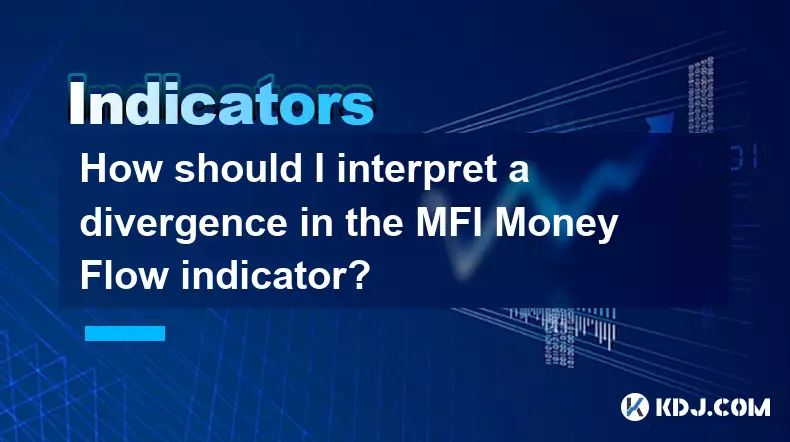
How should I interpret a divergence in the MFI Money Flow indicator?
Sep 13,2025 at 08:36pm
Understanding MFI Divergence in Cryptocurrency Trading1. The Money Flow Index (MFI) is a technical oscillator that combines price and volume to assess...
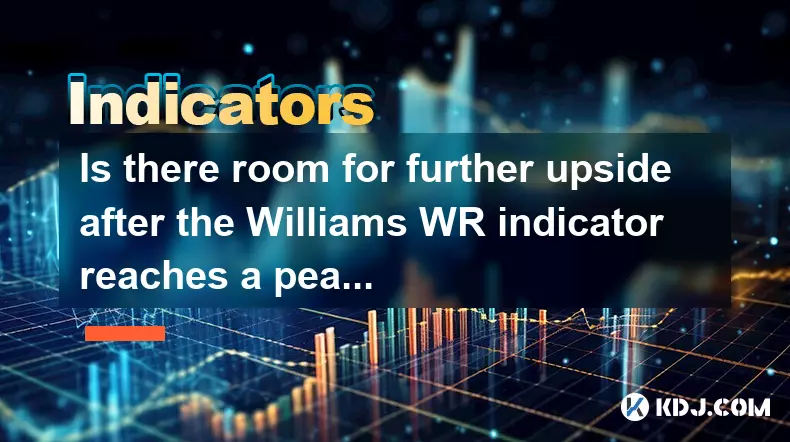
Is there room for further upside after the Williams WR indicator reaches a peak?
Sep 11,2025 at 07:36pm
Understanding the Williams %R in Crypto Markets1. The Williams %R is a momentum oscillator developed by Larry Williams to identify overbought and over...

What is the success rate of a TRIX golden cross?
Sep 11,2025 at 02:18am
Understanding the TRIX Indicator in Cryptocurrency Trading1. The TRIX (Triple Exponential Average) indicator is a momentum oscillator designed to filt...
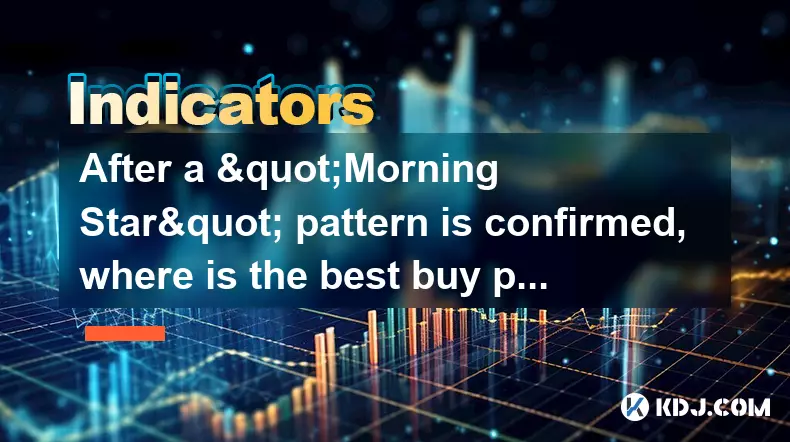
After a "Morning Star" pattern is confirmed, where is the best buy point?
Sep 10,2025 at 06:00pm
Understanding the Morning Star Pattern1. The Morning Star is a bullish reversal candlestick pattern that typically forms at the end of a downtrend. It...
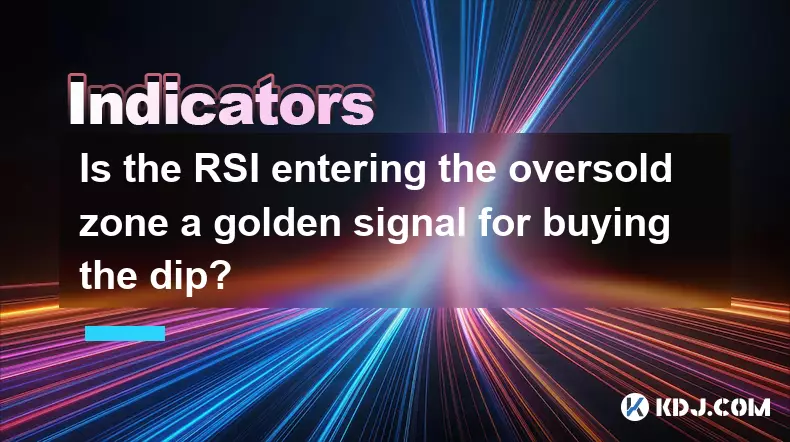
Is the RSI entering the oversold zone a golden signal for buying the dip?
Sep 09,2025 at 02:55pm
Understanding the RSI and Its Role in Crypto Trading1. The Relative Strength Index (RSI) is a momentum oscillator widely used in the cryptocurrency ma...
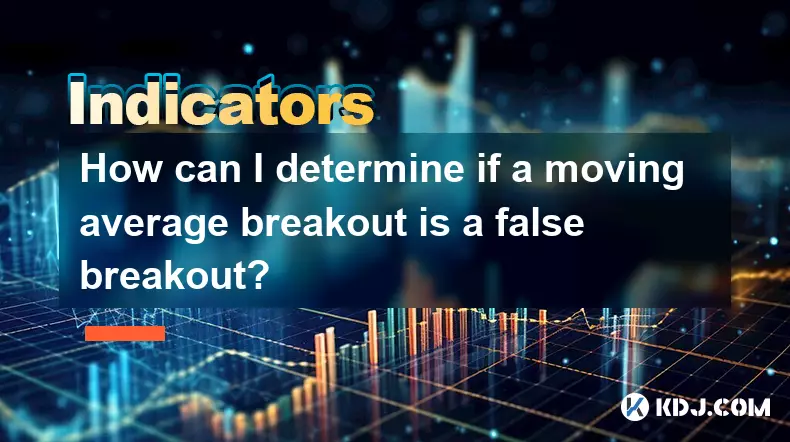
How can I determine if a moving average breakout is a false breakout?
Sep 14,2025 at 12:54am
Understanding Moving Average Breakouts in Crypto Markets1. A moving average breakout occurs when the price of a cryptocurrency moves beyond a signific...

How should I interpret a divergence in the MFI Money Flow indicator?
Sep 13,2025 at 08:36pm
Understanding MFI Divergence in Cryptocurrency Trading1. The Money Flow Index (MFI) is a technical oscillator that combines price and volume to assess...

Is there room for further upside after the Williams WR indicator reaches a peak?
Sep 11,2025 at 07:36pm
Understanding the Williams %R in Crypto Markets1. The Williams %R is a momentum oscillator developed by Larry Williams to identify overbought and over...

What is the success rate of a TRIX golden cross?
Sep 11,2025 at 02:18am
Understanding the TRIX Indicator in Cryptocurrency Trading1. The TRIX (Triple Exponential Average) indicator is a momentum oscillator designed to filt...

After a "Morning Star" pattern is confirmed, where is the best buy point?
Sep 10,2025 at 06:00pm
Understanding the Morning Star Pattern1. The Morning Star is a bullish reversal candlestick pattern that typically forms at the end of a downtrend. It...

Is the RSI entering the oversold zone a golden signal for buying the dip?
Sep 09,2025 at 02:55pm
Understanding the RSI and Its Role in Crypto Trading1. The Relative Strength Index (RSI) is a momentum oscillator widely used in the cryptocurrency ma...

How can I determine if a moving average breakout is a false breakout?
Sep 14,2025 at 12:54am
Understanding Moving Average Breakouts in Crypto Markets1. A moving average breakout occurs when the price of a cryptocurrency moves beyond a signific...
See all articles










































































